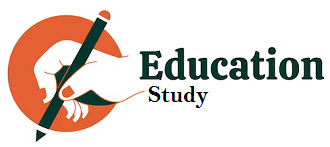In a society where the media are omnipresent, it is now more than necessary to question the nature of the relationships we have with the media. After a certain age, do we still have the cognitive capacities to maintain critical autonomy in the face of such a large flow of messages?
Media products are at the heart of our exchanges, and the conversations we have every day with our loved ones. They feed our imagination and shape our attitudes. You have to be a lucid and informed user faced with the constant need to learn about the world around us. Media literacy is increasingly becoming an essential discipline for developing critical judgement.
What is media education?
Media education aims to help people decipher the media and their messages so that they develop critical thinking and can reflect on the media message.
It is important to differentiate ‘ media education ‘ from ‘media education’, which uses mass media as a support for teaching.
Studying the media means going back to their origin, understanding their functioning, construction, distribution and consumption. We must seek to understand their impact, in order to know what to believe and what to do with the information transmitted to us.
The media tends to not quite reflect reality as we understand it, and to use several artifices, in order to construct another “re-presentation” of it. It is the concept of “non-transparency” that must be integrated, that is to say that the media do not always demonstrate neutrality and impartiality, and that they present us with a certain point of seen.
That is why it is essential to know how the media speak to us, and for what purpose.
How to introduce older people to the media?
Getting the elderly person to question the nature of the relationship they have with the media, mostly audiovisual (television often on, a substitute for their loneliness), leads to making them distance themselves from the message transmitted.
Elderly people often feel excluded from society, they then feel a need to integrate socially, which often involves the need to be informed about the outside world and current events.
They are often more sensitive and receptive to messages, such as accidents and natural disasters. Indeed, they tend to amplify the content of the message and quickly become anxious and concerned about what is happening.
The elderly represent a very vulnerable audience, it is important that they take a step back from the message being disseminated. You have to reassure them and get them to channel their emotions.
The media often choose the information they wish to disseminate and how they wish to organize it, which is why there are a number of areas to develop to better understand how it works:
Who are the producers of the message?
- What languages do they use?
- What representations of reality are offered?
- What type of message is offered and for what purpose?
- Who is the message addressed to?
- What technical elements are used?
- How is the (aesthetic) message presented?
Media literacy is a lifelong process. The older generation has not witnessed the emergence of mass media and new technologies. They have had no education related to this field and do not always have the means to develop a critical approach to new media.
Developing this educational approach is a good way to stimulate their intellectual functions, their memory and their language and to make them aware of the importance of having a critical mind when faced with information.





